The life story of Italian sports car entrepreneur Enzo Ferrari and his auto empire hits theatres later this month. To celebrate, we look at the high-speed world of the car manufacturer, who practically spawned the concept of Formula One racing, through the eyes of Enzo’s favourite photographers ERCOLE COLOMBO and RAINER SCHLEGELMILCH…
PIERO FERRARI Vice Chairman, Ferrari S.p.A.
“Ferrari has been in Formula One since the first World Championship and has won many races. But what is important is that Ferrari has always been there and so has experienced both the bad moments and the exciting ones. All my life there was never a discussion of, ‘Do we race next year or not?’ The mission of Ferrari is to produce beautiful cars and to be on the racing track. It has always been so, and I hope it will continue like that forever.
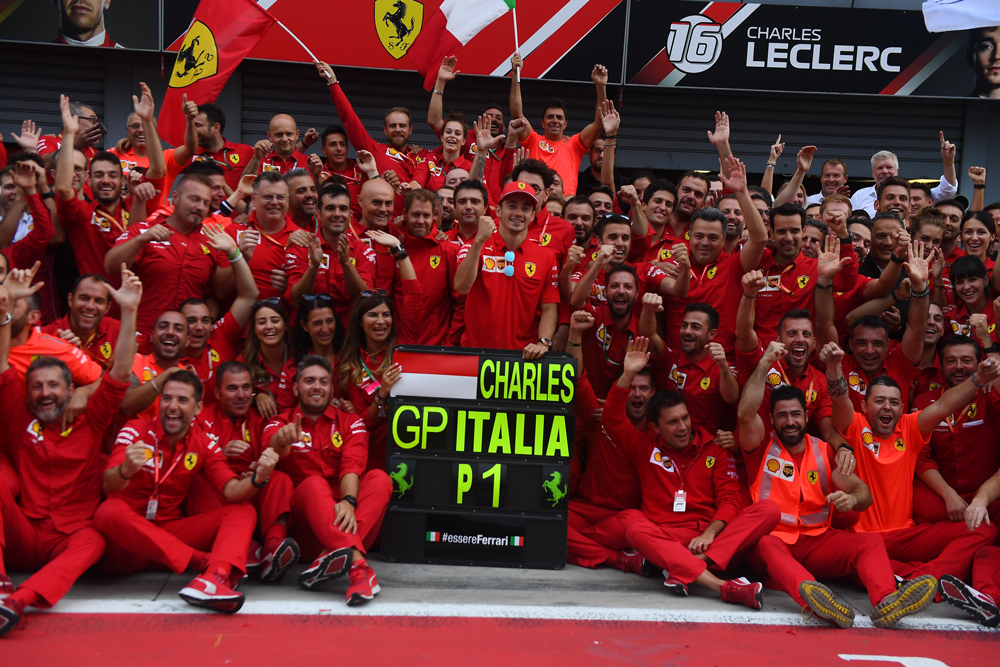
For my father, racing was his life. He spent most of his time involved in motor racing, but he was also a very precise administrator. He knew how to manage the money, how to invest the money in the company. He always said, ‘I started producing GT cars to have money to finance my racing activities’. So, for him, the priority was motor racing. My father never attended Formula One races. In the days before TV, he would sit in his office waiting for a phone call, and then, when the TV arrived, he would follow it closely on the screen. He was always connected with the team principal, the team manager or the sporting director of any period.
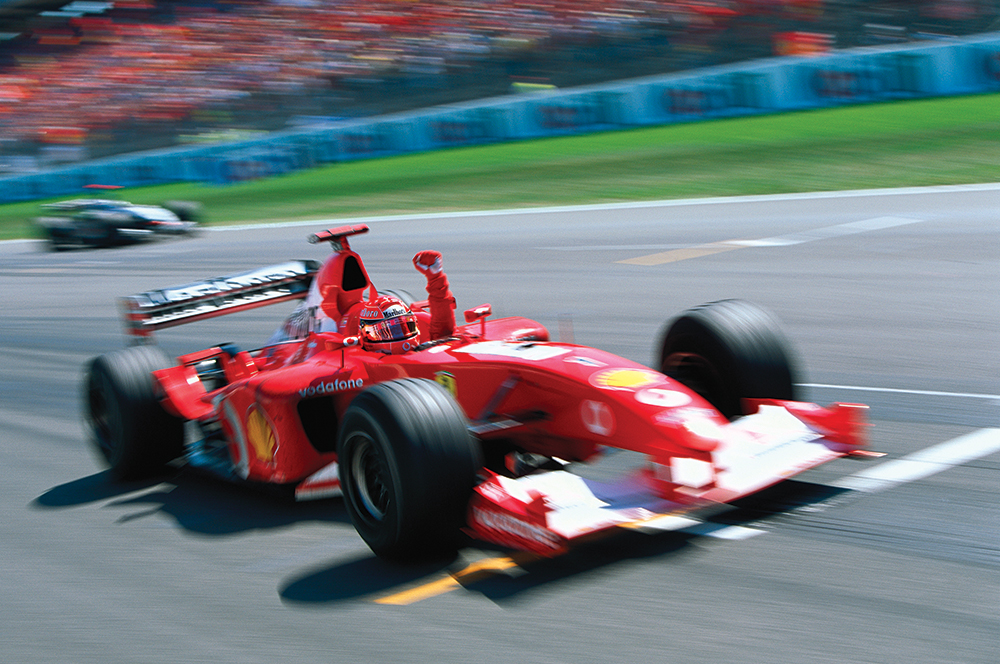
He always demanded to immediately have all the information – the best information. He checked the performance of the engines, he had all the technical data on his desk and he wanted to be informed of everything that was happening on the track. In a way, this was very professional and was also motivation for the people he worked with. On the other hand, it put a lot of pressure on the team.
You have to be strong to be the leader of the Ferrari F1 team. You need a strong personality because, in Formula One, you have to make decisions every day. Everyone in F1 has to make decisions: the driver has to make decisions every fraction of a second; engineers have to make decisions every day. You cannot just ‘wait and see’.
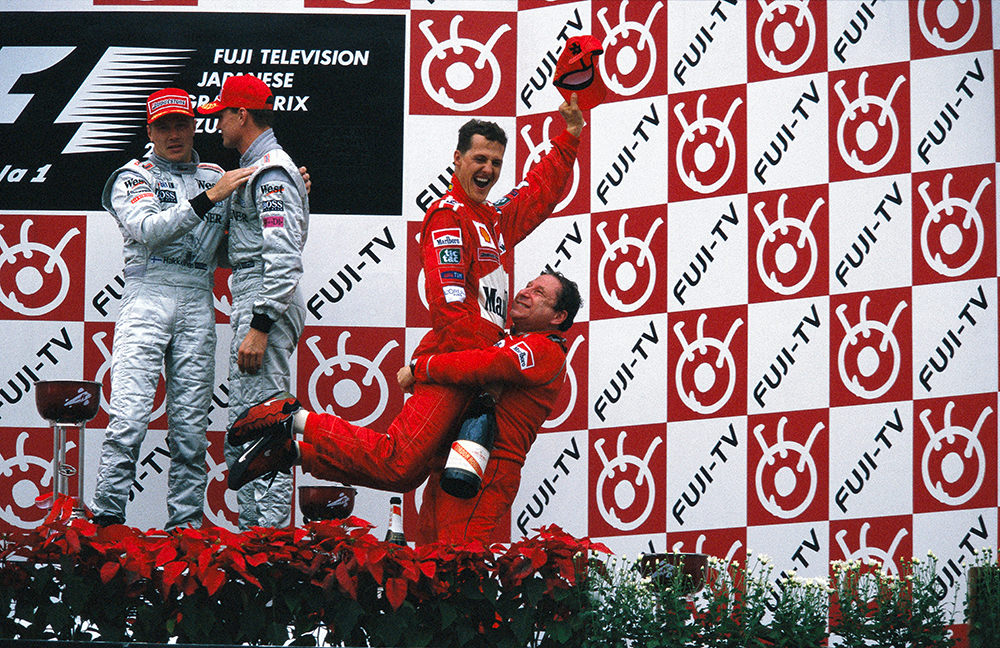
RAINER SCHLEGELMILCH Formula One photographer, 1962-2017
“When it comes to my favourite Ferrari F1 cars that I photographed, the ones I love the most are from my early decades in the sport. The 12-cylinder car, the 312, which Chris Amon and Lorenzo Bandini drove in 1967, with the very early aerodynamic wings. This was the greatest car for me, I took many pictures of it because it was the most exciting car and it was in that bright red, of course.”
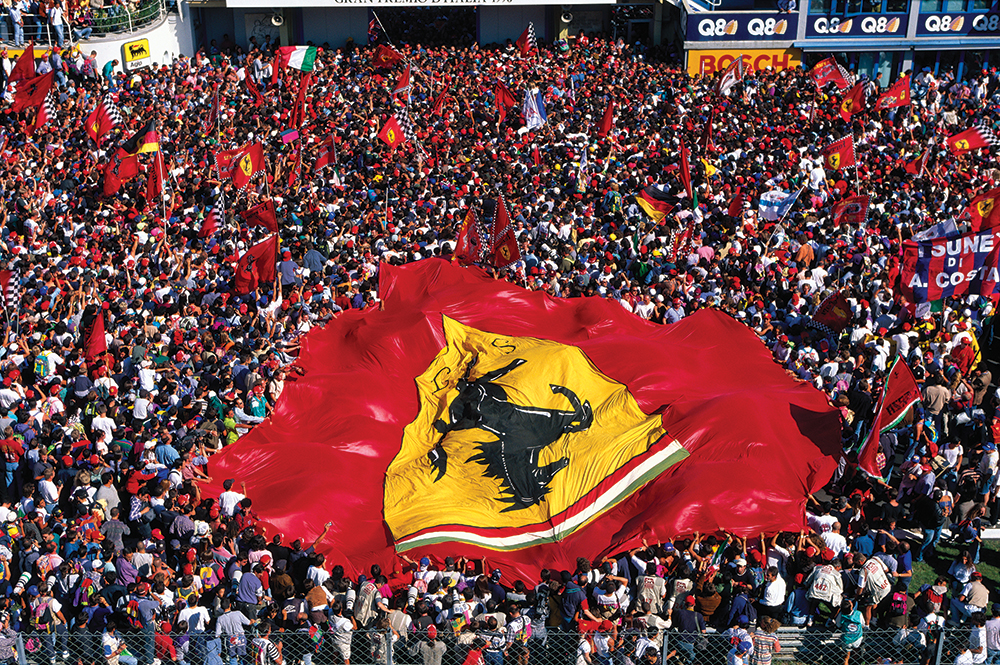
victory at the Italian GP on 8 September 1996 at Autodromo Nazionale di Monza (MOTORSPORT IMAGES/ RAINER SCHLEGELMILCH)
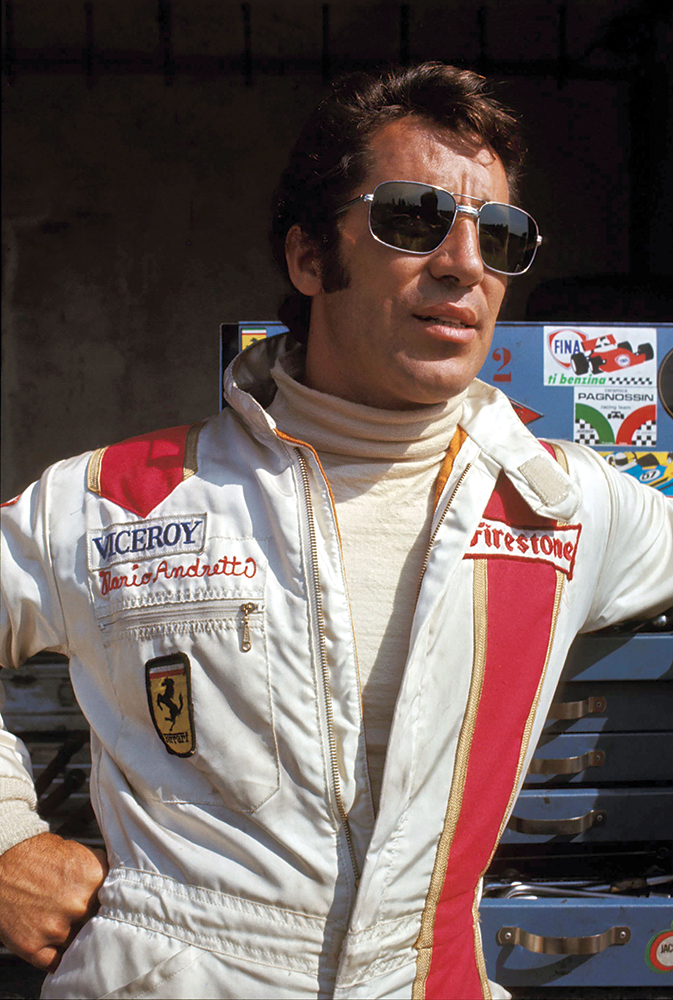
(MOTORSPORT IMAGES/ERCOLE COLOMBO)
JAMES ALLEN Biographer of Michael Schumacher and Nigel Mansell
“‘I like the image of an orchestra; my job is not to play the piano or the guitar. My job is to find the right people to play those instruments. And I must make sure that the pianist and the guitarist work well together. It’s a team,’ said Jean Todt, who was brought into Ferrari by Luca di Montezemolo in 1993 after his success with Peugeot in rallying and the 24 Hours of Le Mans. Todt created a band of brothers, brought together with a very clear goal, which was to win the World Championship for Ferrari, and each with very clear roles and responsibilities. Ross Brawn, the technical director, called it a ‘circle of fear’, in the sense that the group of leaders all relied on each other and didn’t want to let the others down, so they would always push everything to the maximum all the time.
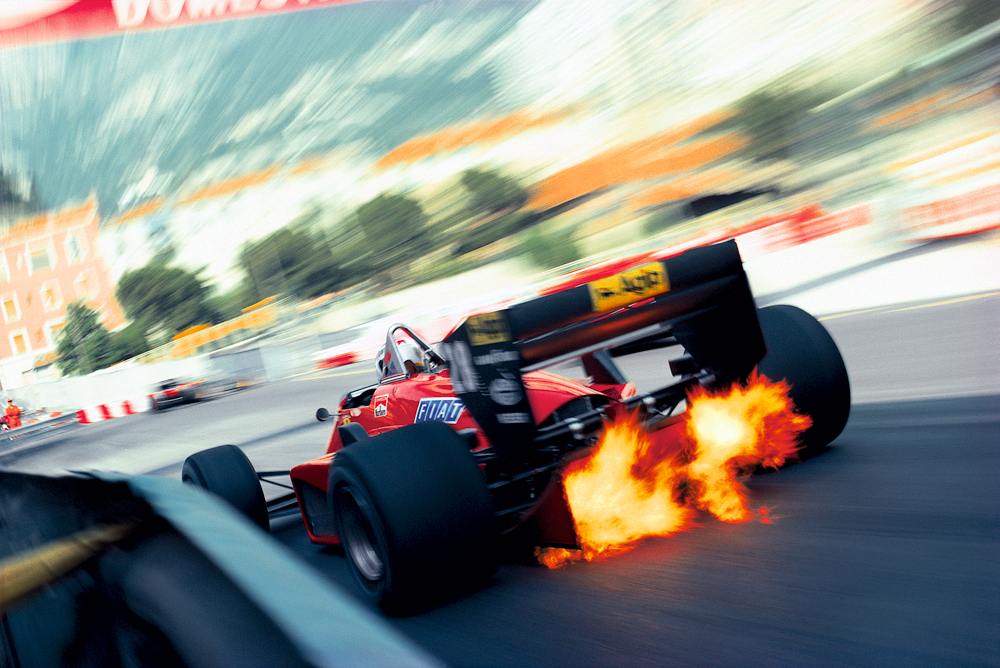
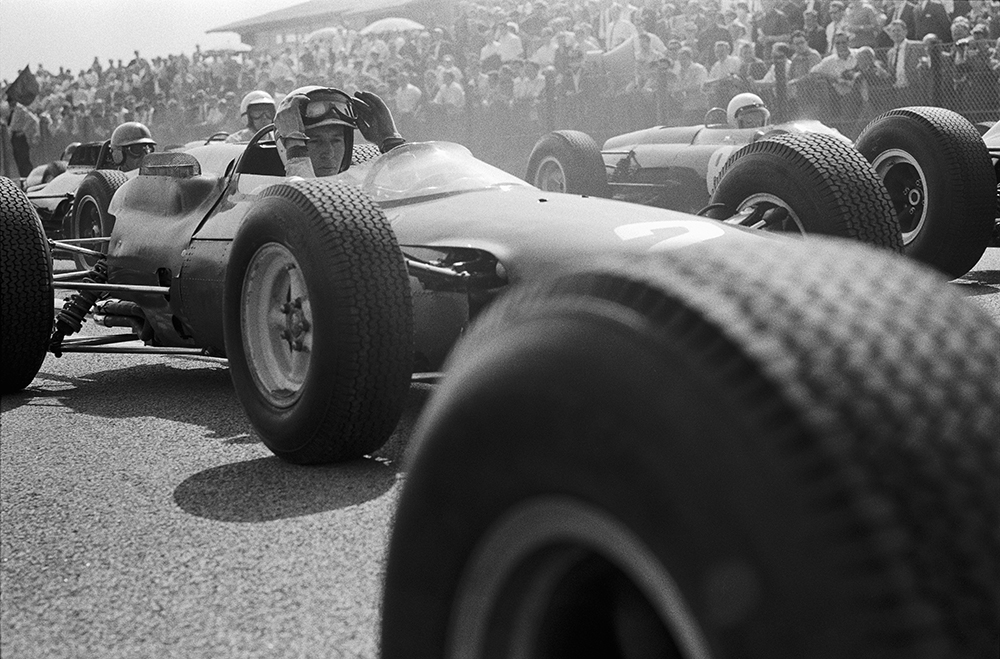
It was fascinating to go inside Ferrari and to see this in operation during that period from the late 1990s to the mid-2000s. This was Ferrari’s most successful period ever in F1: the Schumacher years when they won five consecutive World Drivers’ Championships and dominated the sport. It’s easy to forget that, before the first of those titles in 2000, there had been three near-misses when they lost the title at the last gasp – against Jacques Villeneuve in 1997, Mika Häkkinen in 1998 and then in 1999 when Schumacher broke his leg mid-season and Eddie Irvine narrowly lost the title to Häkkinen.
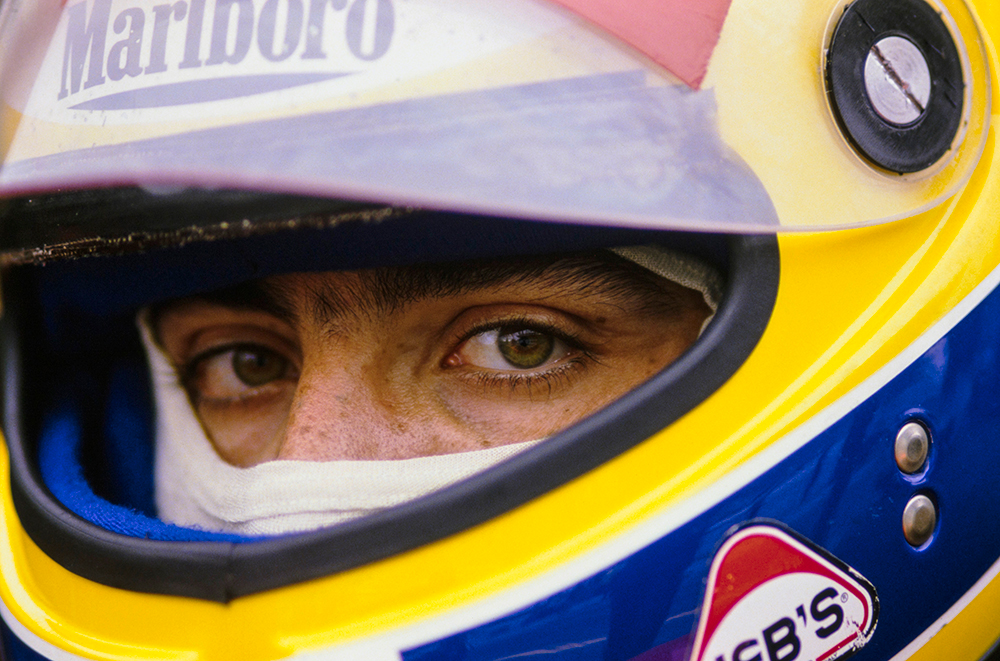
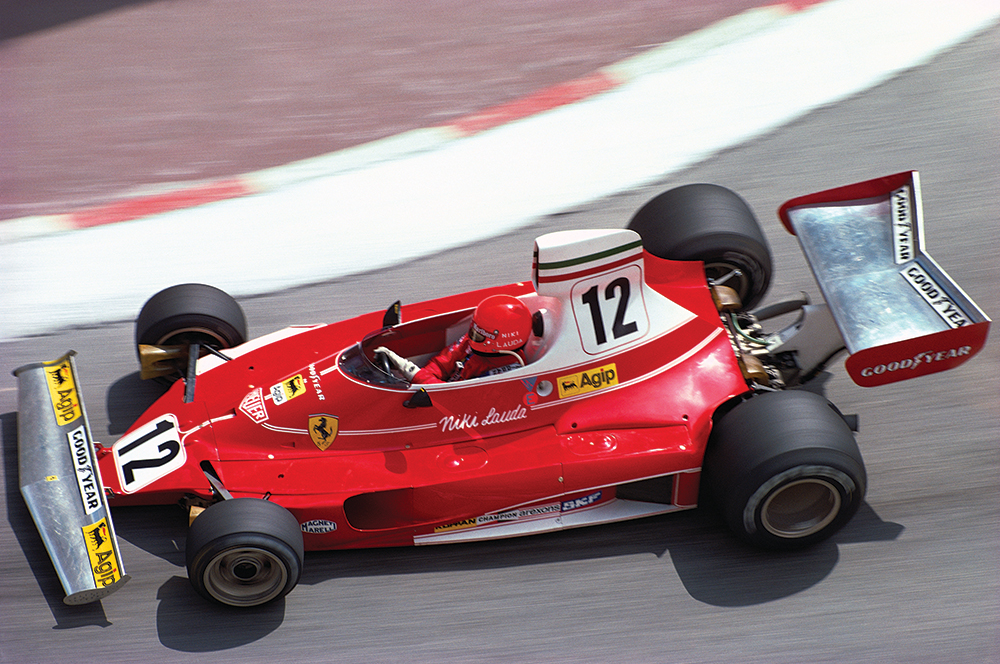
Todt’s management style was about team unity and always being there for his people. He spent the minimum amount of time away from Maranello to attend the races or meetings, and he made sure that his people could see him when they needed to; he stayed ‘close to the problems’, so that he was able to help sort them out. ‘I have strong views and make sure that things happen,’ he said. ‘I like us to be an educated family, without being too bothered by what’s going on around’.”
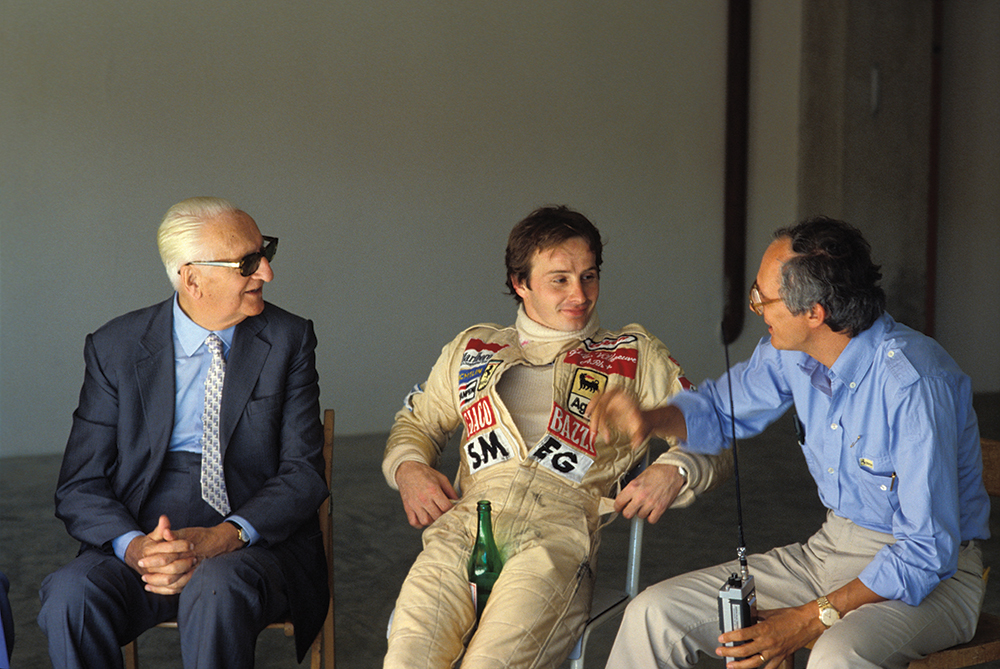
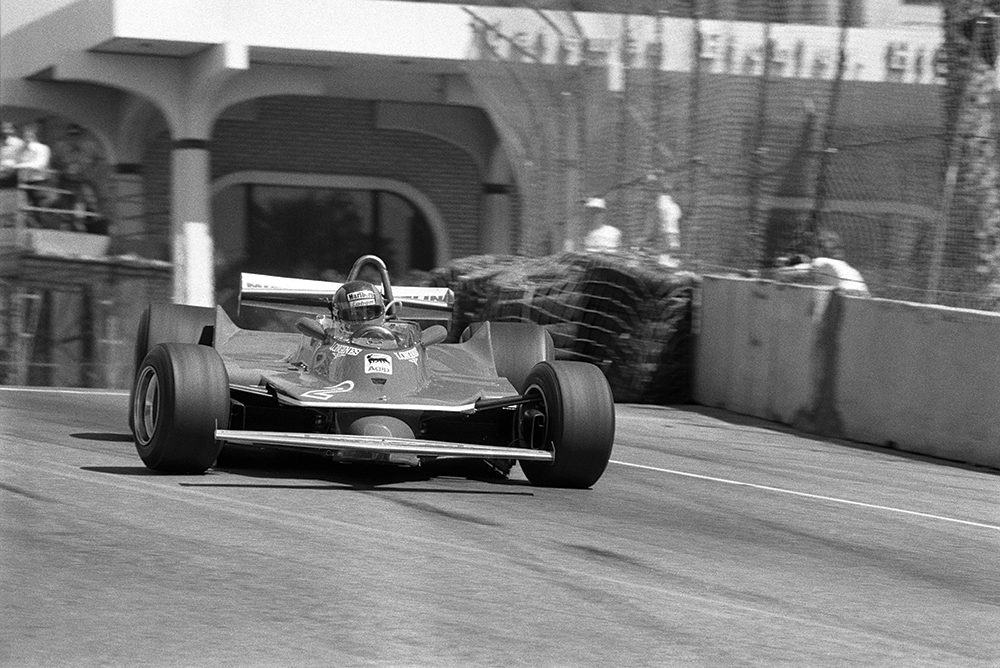
ERCOLE COLOMBO Formula One photographer, 1970-2018
“My first experience of Ferrari was as a child, as a fan. My father was a great motorsport enthusiast, so I used to go with him and see a lot of motor races. He would point out the great drivers, like Ascari and Fangio. To me, they were immense heroes. And then naturally there was the red Ferrari, and the passion just went up to the highest level! One of my favourite images was when Enzo [Ferrari] kissed Gilles Villeneuve on the head. This was the day after the Italian Grand Prix at Imola in 1980, when Gilles had a very heavy accident after a tyre failure. Ferrari had a press conference the next day to announce the team for the next season. Gilles had had to have a scan that morning after the accident and he wasn’t there when the conference began. When he arrived, they stopped the conference, Gilles came in and shook Enzo’s hand. Villeneuve had known Enzo for nearly two and a half years, so the handshake seemed a little cold to me. Then suddenly Enzo drew Villeneuve to him and kissed him on the head. I don’t know why, but I was ready for something to happen, so I was the only photographer who got the shot. It showed the great affection that Ferrari had for this driver who always drove on the limit and sometimes beyond it.”
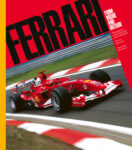
This is an edited extract from the book FERRARI: FROM INSIDE AND OUTSIDE (published by ACC Art Books, rrp$135.00) available at fine bookstores and Amazon
By JAMES ALLEN Foreword by PIERO FERRARI
For the full article grab the November 2023 issue of MAXIM Australia from newsagents and convenience locations. Subscribe here.




























